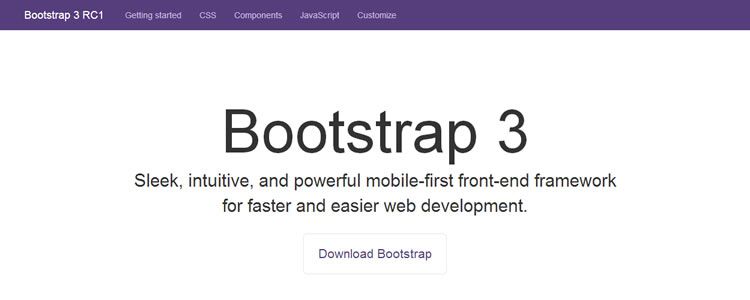Twitter Bootstrap, the powerful framework that is loved by developers all around the world, has just a couple of days ago taken the first step towards a major upgrade. The first release candidate for version 3 is out!
Bootstrap Version 3
While you still have access to the previous version, the new version 3 will soon be replacing its predecessor. In terms of changes, Bootstrap 3 brings many new tasty dishes to the table: there have been roughly 16,00 commits, 72,000 additions and deletions as well as nearly 300 file changes. If you are looking for the complete list of changes and a migration guide, check this out.

You can get your hands on the release candidate over here. RC1 will, most likely, be followed by an RC2, which shall then pave way for the final version. So keep your eyes and ears open, and watch out for the new ideas that Bootstrap 3 will bring to web development.
Related Topics
Top